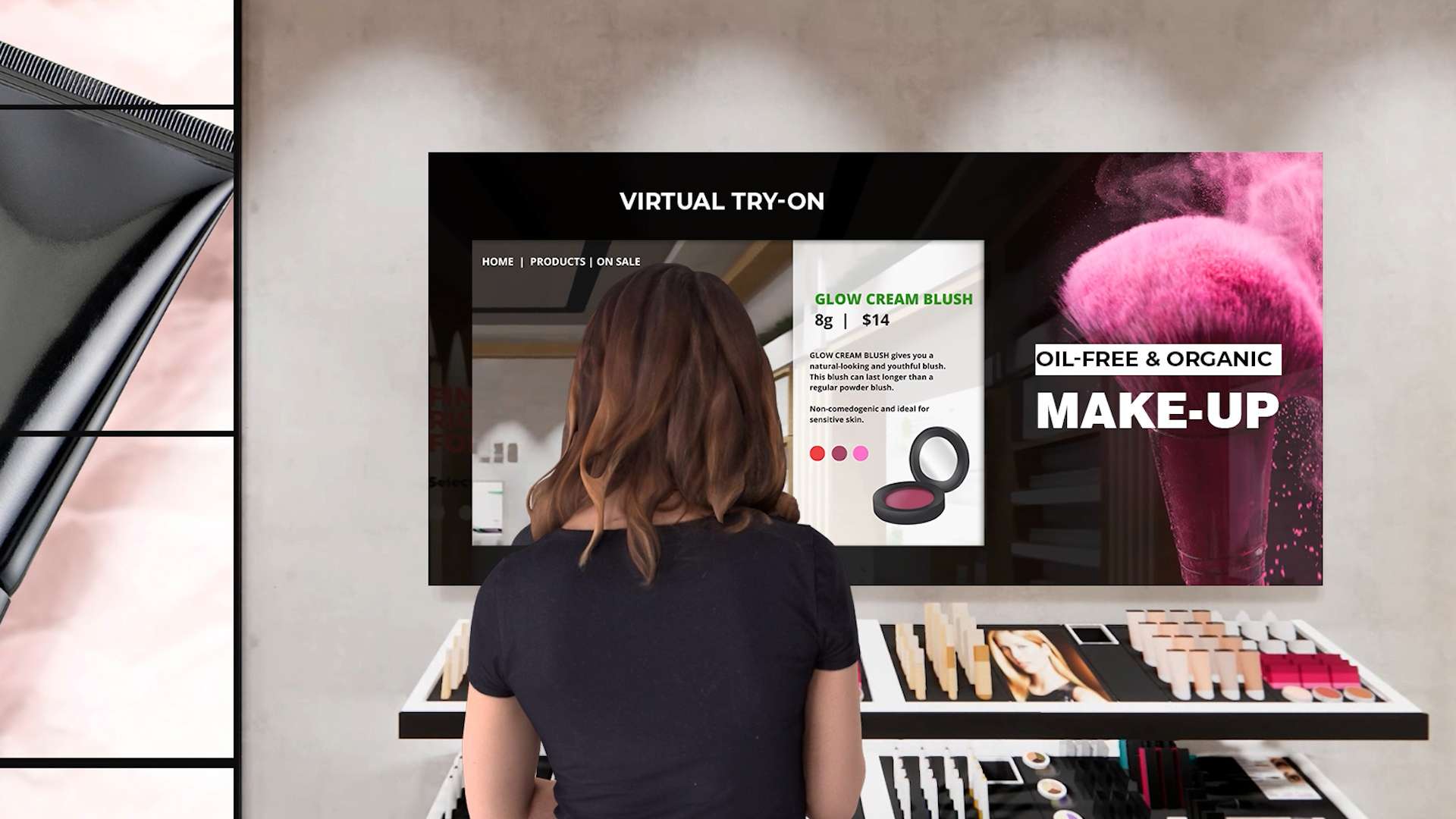Top Digital Signage Trends To Watch Out For In 2023
by Jasdeep Kohli
Top Digital Signage Trends To Watch Out For In 2023
by Jasdeep Kohli

Growth of Digital Signage Market in Asia-Pacific
According to Mordor Intelligence, the Asia-Pacific Digital Signage market is expected to grow at a CAGR of 7.58% from 2021 to 2026. Key forces driving the market include the increased use of video walls and digital billboards for brand marketing in emerging markets such as India, Philippines, Vietnam, and developed countries such as Japan and China.
Digital signage has been shown to significantly influence purchase decisions and improve communication. Organisations across many industries including government, healthcare, public transit and retail are turning to digital signage to better engage audiences and deliver targeted marketing.
With that in mind, let’s take a closer look at the top digital signage trends that are likely to take centre stage in 2023.
Dark Mode
You have heard about dark mode for smartphones and tablets, but this trend has recently made waves in the digital signage industry as well. Dark mode is popular due to its low light emission, reduced energy consumption, and improved life span of gadgets. It is also believed dark mode minimises blue light exposure and eye strain.
More businesses are demanding the ability to deliver adapted versions of their digital signage content, and a common request is to be able to trigger dark mode versions of designs based on the time of day or environmental lighting. For instance, screens may change from a light background to a dark background throughout the day, depending on light level.

3D Graphics & Motion
3D graphics provide depth to visuals that can’t be achieved with flat graphics. Further, 3D graphics enable you to create visuals that literally jump off your screen, which is important in an era where user experience is a priority.
Motion is also a significant trend in design. An increasing amount of content is being viewed on digital platforms and static images can’t compete in a world filled with Tik Tok videos, Instagram reels, and YouTube content. Moving content commands greater attention, and even subtle movement can have a significant impact.

Trigger-based Personalised Content
Consumers today are increasingly looking for a personalised experience. Businesses and retailers are upping their game by providing customised content according to audience personas. A recent innovation in digital signage is data-triggered content, where the on-screen information changes based on conditional logic set up alongside data feeds.
Take the example of a clothing retail store: trigger-based personalised content can be displayed on an in-store screen for the approaching shopper to see. This screen display can further be made interactive, allowing the shopper to view different colours and sizes of his/her favourite apparel in real time by simply tapping the screen.
Social Media Walls
Research shows that 73% of shoppers say user-generated content (UGC) increases their purchasing confidence, while 63% of shoppers believe UGC creates a more authentic shopping experience.
The impact and influence of social media cannot be underestimated. To connect with modern consumers, especially millennials and Gen-Z, retailers are capitalising on social media walls to create a modern and engaging in-store experience. A versatile social media wall allows the display of positive reviews and aggregation of content from specific hashtags, profiles and pages.
Live Streaming
Live videos have taken the world by storm. According to a survey by the Interactive Advertising Bureau, 47% of live streaming video viewers worldwide are streaming more live video compared with a year ago. The live streaming industry is booming in China, hitting 425 million users in 2018. That year, brands spent more than $90 billion on video content and this number is expected to rise to more than $100 billion by 2023.
Retail brands can cater to this appetite for of-the-moment content by live streaming videos of fashion shows or the latest product launches on in-store digital screens. In an education setting, mega LED screens at university or high school campuses can screen live sporting and cultural events to enable more students to participate.
Integration of QR Codes in Digital Signage
QR codes offer a touchless solution and have become indispensable as the world continues to live with COVID-19. By eliminating the need to physically engage with touch-interactive digital signage, QR codes provide convenience and safety by allowing consumers to simply scan a code using their mobile device.
Digital signage and QR codes are an obvious marriage, and there are several examples of how these two technologies work together to decrease the need for users to touch public surfaces:
- Access restaurant menus: Customers simply scan a QR code to receive the restaurant’s menu on their mobile device, without the need for an internet connection or app.
- Wayfinding: Visitors to amusement parks, entertainment centres and other public venues can access wayfinding by scanning a QR code, instead of clustering around the large physical maps or physically touching screens.
- Contactless payment: all kinds of industries are offering QR code scanning as a touchless payment option, from medical facilities to quick service restaurants and retail stores, eliminating the need for cash and credit card transactions.
Data Integration
Leveraging data to create a personalised and engaging experience is another growing trend. Whether it is data from IoT devices and sensors, scheduling systems, news and weather feeds, or internal systems, data can enhance the digital signage experience. Digital screens with real-time data like news, weather, traffic and wait times provide customers with useful information as they go about their business.
Sustainable Solutions
According to Deloitte, businesses across Asia-Pacific are under growing pressure to address climate change and sustainability. As part of this endeavour, many businesses are turning to digital signage to reduce their carbon footprint, as it offers an effective and sustainable alternative to print advertising and paper usage. As such, we can expect a large proportion of businesses to adopt digital signage solutions in the coming year.
Scala Leads the Way in Digital Signage
Digital signage solutions bring new life to any commercial environment and offer endless possibilities with interactive technology, virtual reality and predictive analytics.
Across Asia-Pacific, Scala is partnering with leading brands and driving digital transformation across many industries with smart marketing technology and digital signage. With over 30 years’ experience, Scala is well-known for innovation and best-of-breed technologies.
Find out more about Scala’s digital signage solutions and kickstart your marketing transformation.
About the Author:
Jasdeep Kohli,




